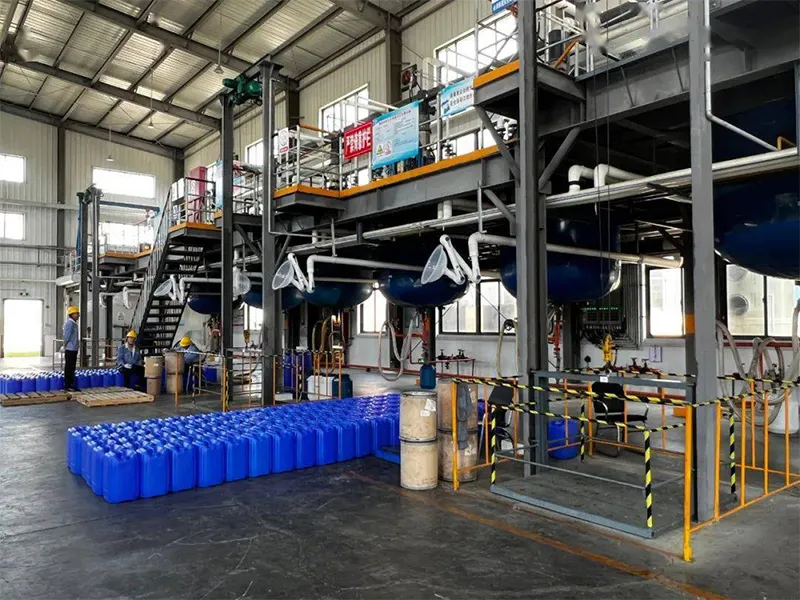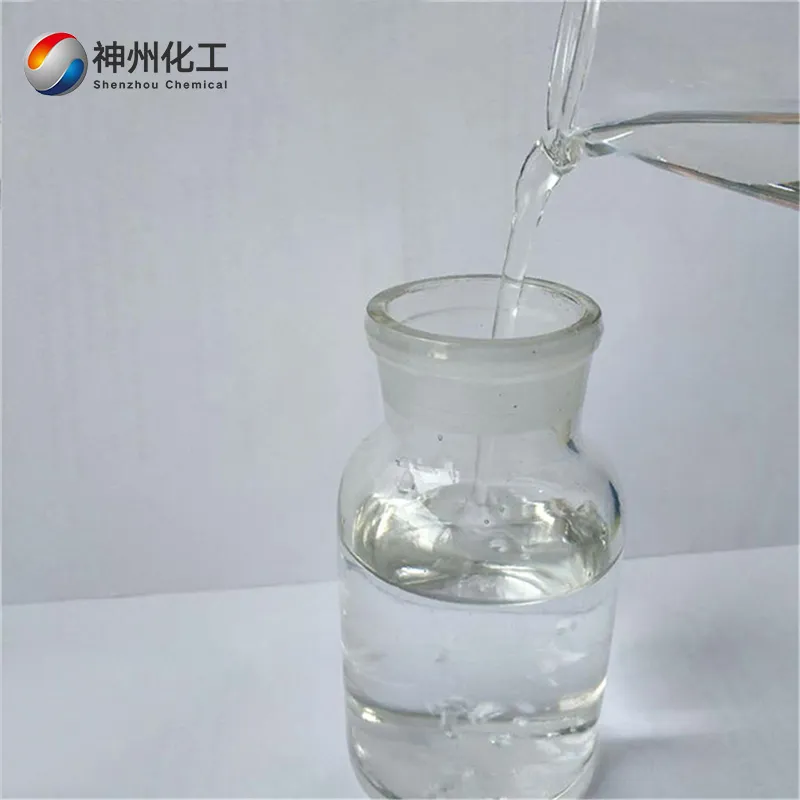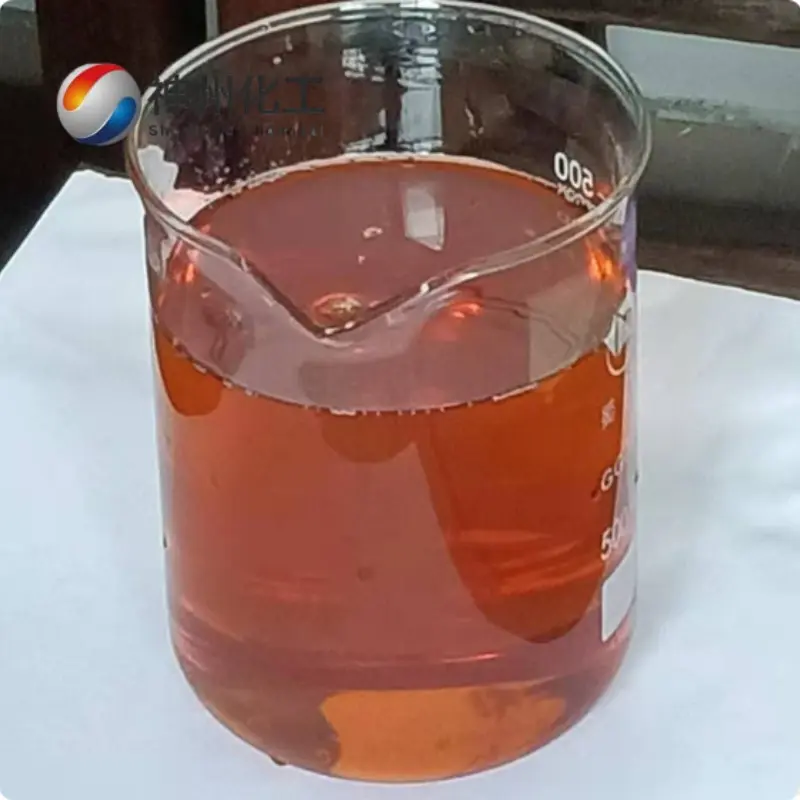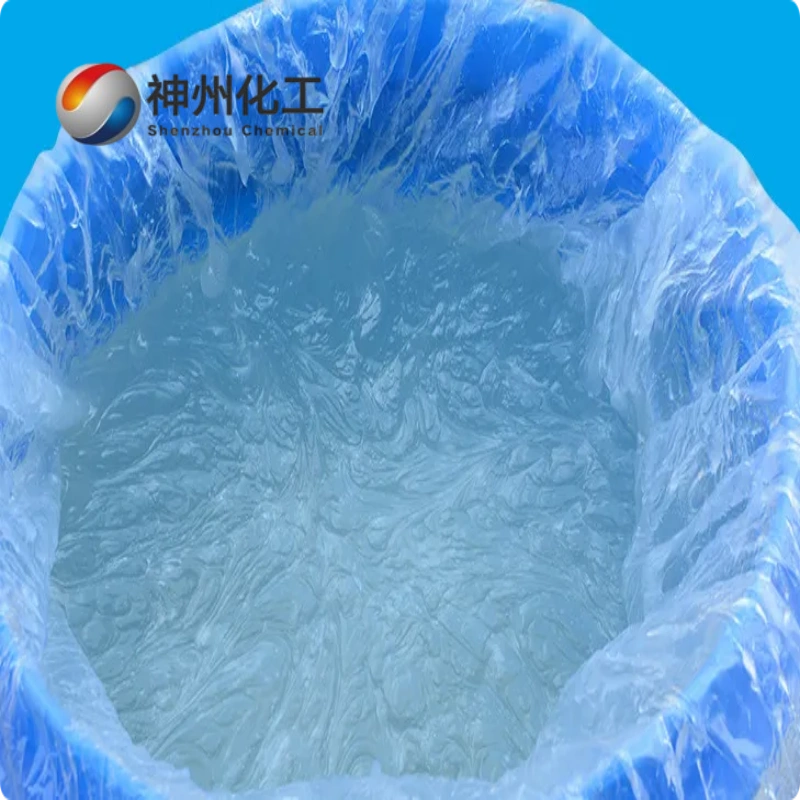Ethyl acetate 141-78-6
Have Any Questions?
Let our vertically integrated solutions – from Chinese manufacturing hubs to your local warehouse – become your competitive advantage.
- +86 13376344351
Leave Your Message
Ethyl acetate 141-78-6

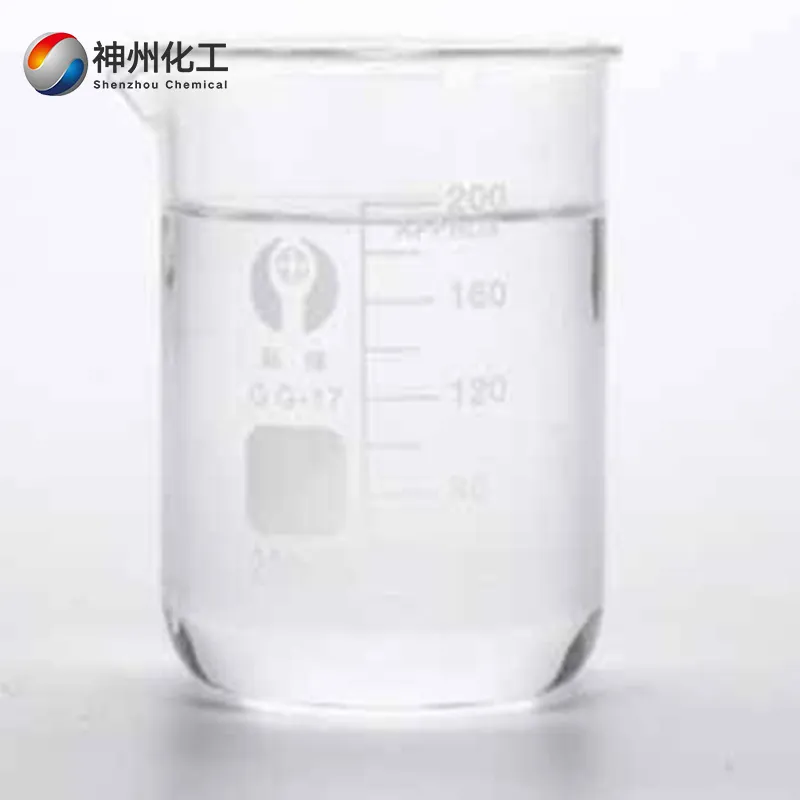
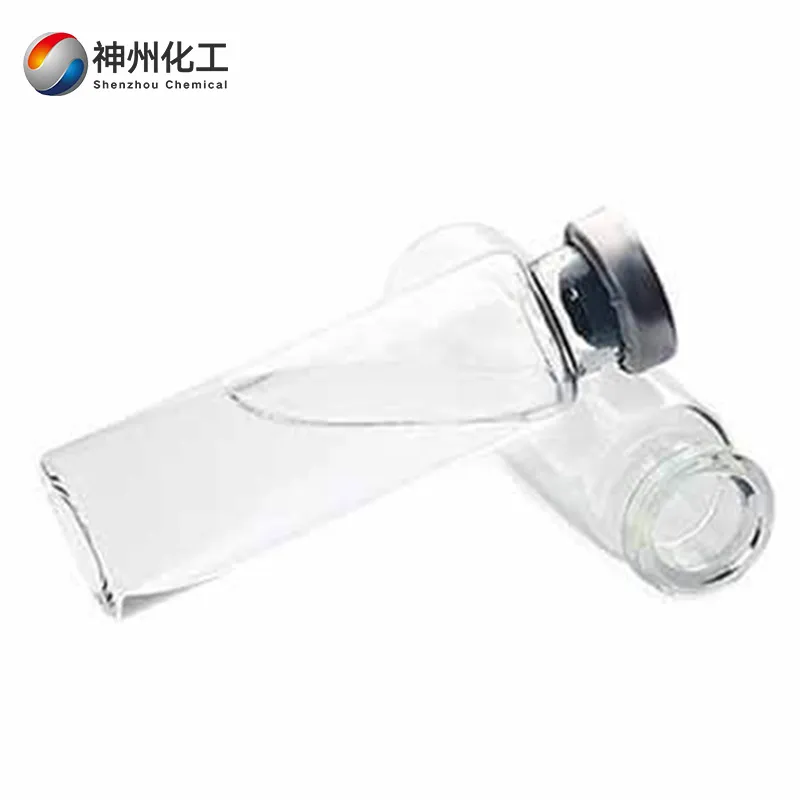
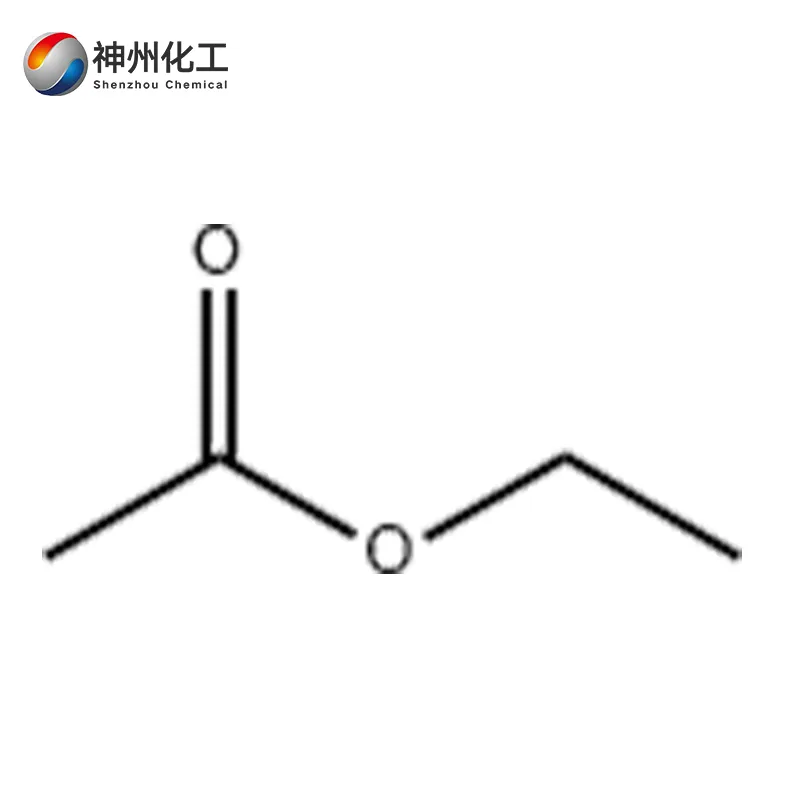
- Chemical Name:Ethyl acetate
- CAS No.:141-78-6
- Product Categories:Organic Chemistry
- Molecular Formula:C4H8O2
- Formula Weight:88.11
- Appearance:Transparent liquid
- Storage and transportation characteristics: low temperature, ventilation, dryness, waterproof, moisture-proof
- Type Of Transportation:By Air/By Sea/By Train/By Express
- Type Of Transportation:Available
- Chemical Name:Ethyl acetate
- CAS No.:141-78-6
- Product Categories:Organic Chemistry
- Molecular Formula:C4H8O2
- Formula Weight:88.11
- Appearance:Transparent liquid
- Storage and transportation characteristics: low temperature, ventilation, dryness, waterproof, moisture-proof
- Type Of Transportation:By Air/By Sea/By Train/By Express
- Type Of Transportation:Available




Product Description Of Ethyl acetate 141-78-6
Ethyl acetate, also known as ethyl ethanoate, is a compound formed by replacing the hydroxyl group in acetic acid with an ethyl group, with the structural formula CH₃COOCH₂CH₃. Pure ethyl acetate is a colorless, transparent liquid with a characteristic aromatic odor, melting point: -83.6°C, boiling point: 77.06°C, relative density (water = 1): 0.894–0.898, relative vapor density (air = 1): 3.04.
It has a strong ether-like odor, a clear, slightly fruity wine-like aroma, is easily dispersed, and does not persist. It is slightly soluble in water and soluble in alcohols, ketones, ethers, chloroform, and most other organic solvents. Ethyl acetate is a widely used fine chemical product with excellent solubility and fast drying properties.
It is a very important organic chemical raw material and an excellent industrial solvent, widely used in the production of acetate fiber, ethyl fiber, chlorinated rubber, vinyl resin, acetate fiber resin, synthetic rubber, coatings, and paints.
Its primary applications include: as an industrial solvent in Chemicalbook, used in coatings, adhesives, ethyl cellulose, artificial leather, asphalt coloring agents, and artificial fibers; as an adhesive in the production of printing inks and artificial pearls; as an extractant in the production of pharmaceuticals and organic acids; as a fragrance raw material in the production of fruit essences such as pineapple, banana, and strawberry, as well as spices like whiskey and cream.
The reason why aged wine tastes so good is because it contains ethyl acetate. Ethyl acetate has a fruity aroma. Since wine contains a small amount of acetic acid, it reacts with ethanol to form ethyl acetate.
Since this is a reversible reaction, it requires a long period of time for ethyl acetate to accumulate and produce the aroma of aged wine. In some developed countries, it is gradually replacing benzene-containing solvents and methyl ethyl ketone, which pose significant risks to human health and the environment, as a non-toxic, environmentally friendly solvent.
Currently, the production routes for ethyl acetate include esterification, acetaldehyde condensation, ethylene addition, and ethanol dehydrogenation.
Chemical Properties Of Ethyl acetate 141-78-6
| Appearance & Physical State | Transparent |
|---|---|
| Density | 0.902 g/mL at 25 °C(lit.) |
| Boiling Point | 76.5-77.5 °C(lit.) |
| Melting Point | −84 °C(lit.) |
| Flash Point | 26 °F |
| Water Solubility | 80 g/L (20 ºC) |
| Stability | Stable. Incompatible with various plastics, strong oxidizing agents. Highly flammable. Vapour/air mixtures are explosive. May be sensitive to moisture. |
| Storage Condition | Store at +2°C to +25°C. |
| RTECS | AH5425000 |
|---|---|
| Safety Statements | 16-26-33-36/37-45-7-25 |
| HS Code | 2915 31 00 |
| Risk Statements | 11-36-66-67-20/21/22-10-39/23/24/25-23/24/25-68/20/21/22 |
| Hazard Codes | F,Xi,Xn,T |
Application of Ethyl acetate 141-78-6
This product is an important organic chemical raw material used in the production of acetamide, acetyl acetate, methyl heptenone, and other compounds. It is widely applied in the fragrance and flavor industry, paint manufacturing, pharmaceuticals, high-grade inks, fireproof cotton, nitrocellulose, artificial leather, and dye industries.
It is one of the most widely used synthetic fragrances in edible flavorings, extensively used in the formulation of banana, pear, peach, pineapple, and grape-flavored edible flavorings. It can also be used as an extractant and dehydrating agent, as well as in food packaging printing.
The tannin series of products are applied in desulfurization leather processing, cigarette materials, oilfield drilling, metal flotation, and scale removal.
Packaging Method Of Ethyl acetate 141-78-6

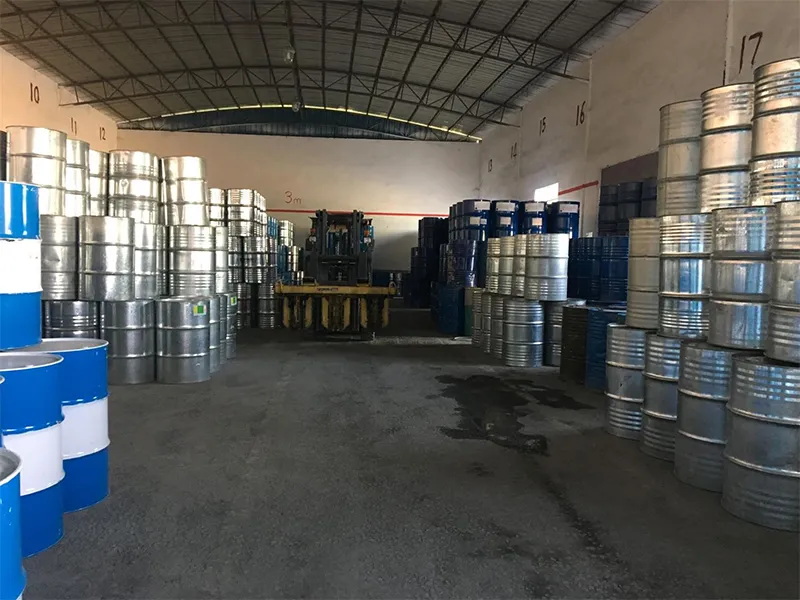
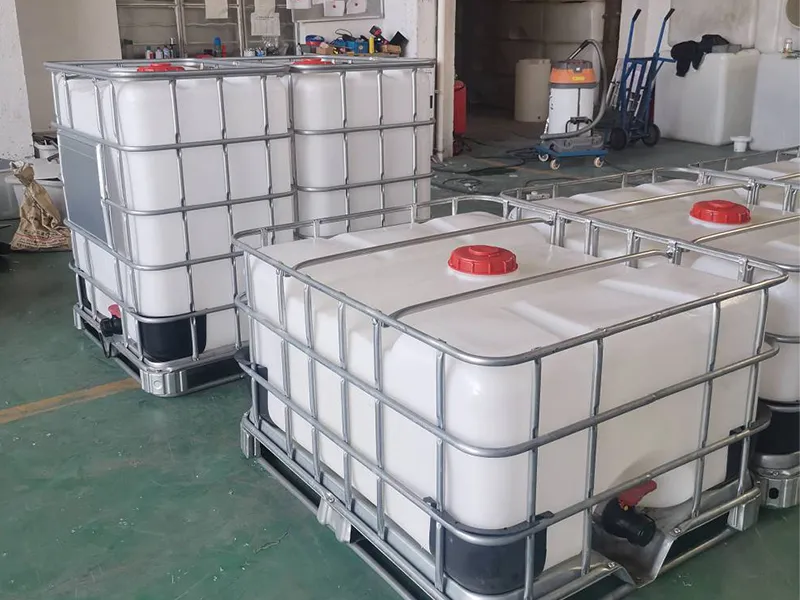

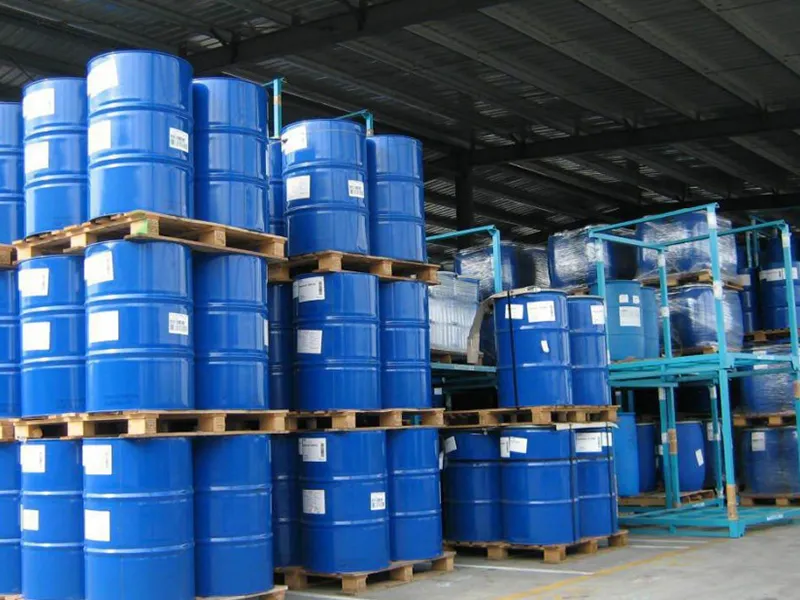
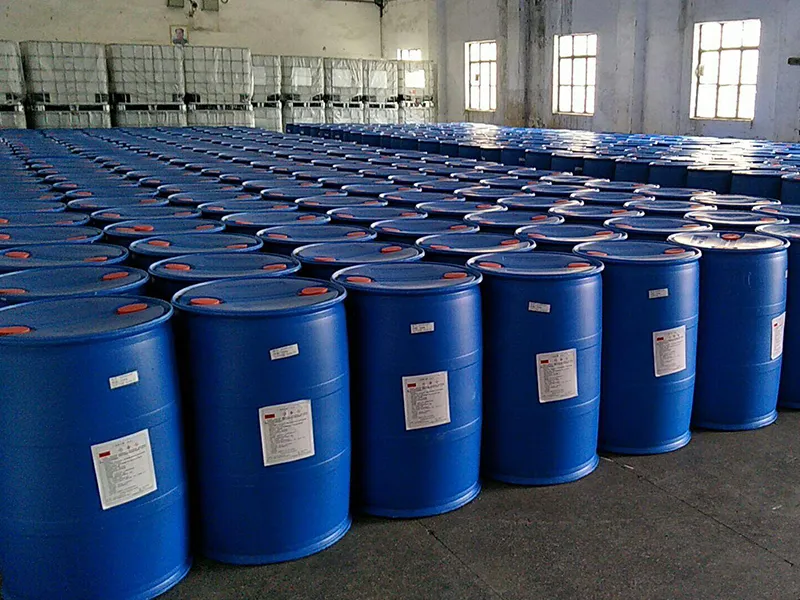
Factory Show

